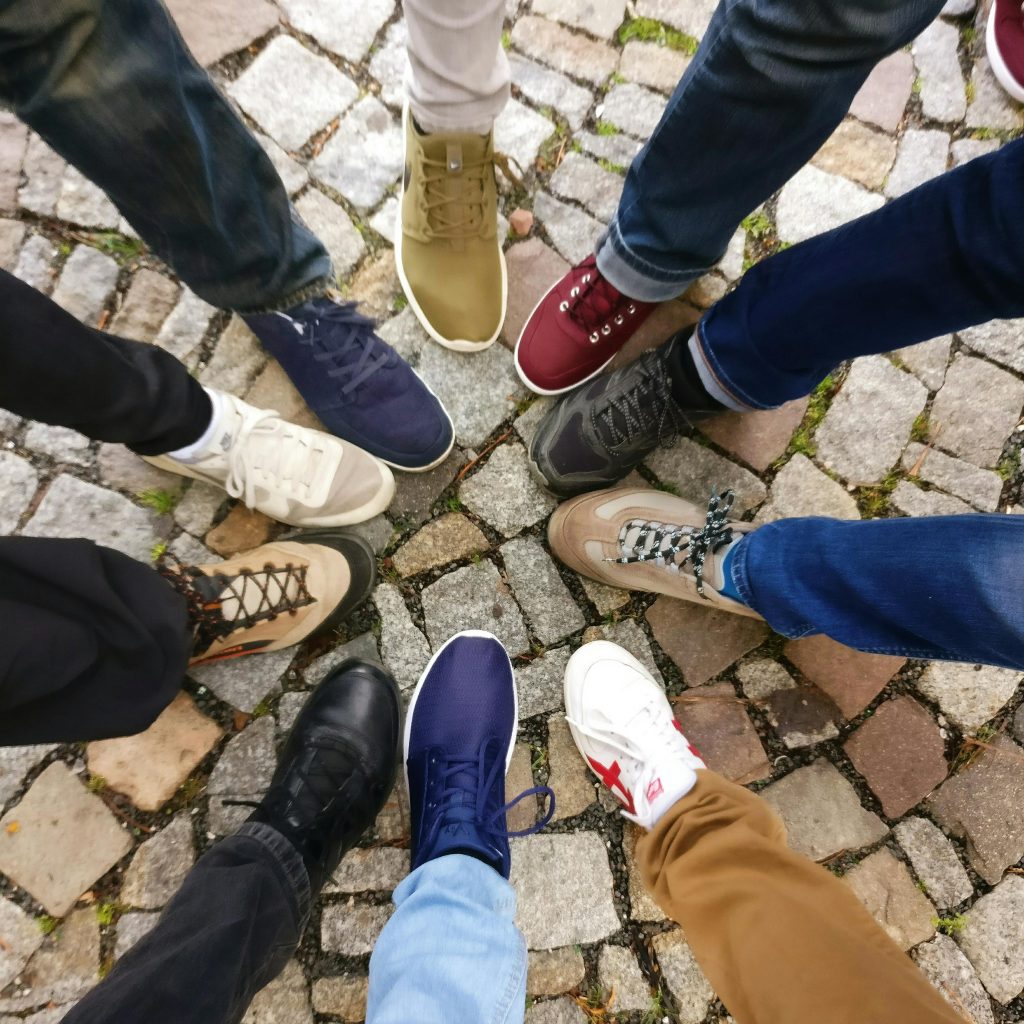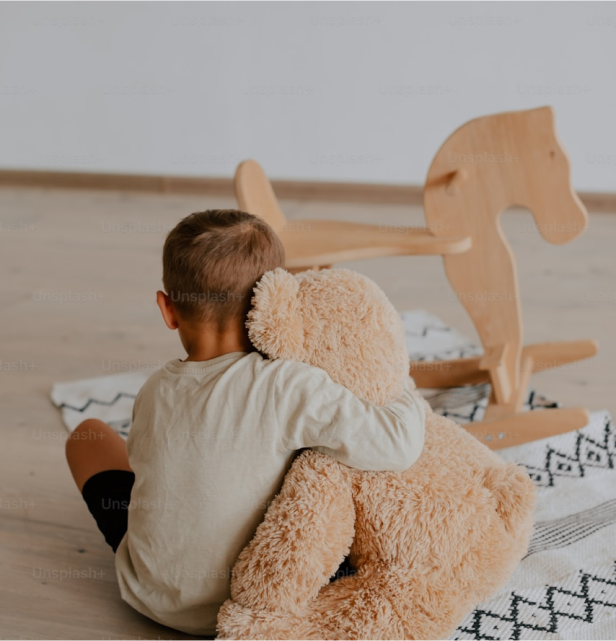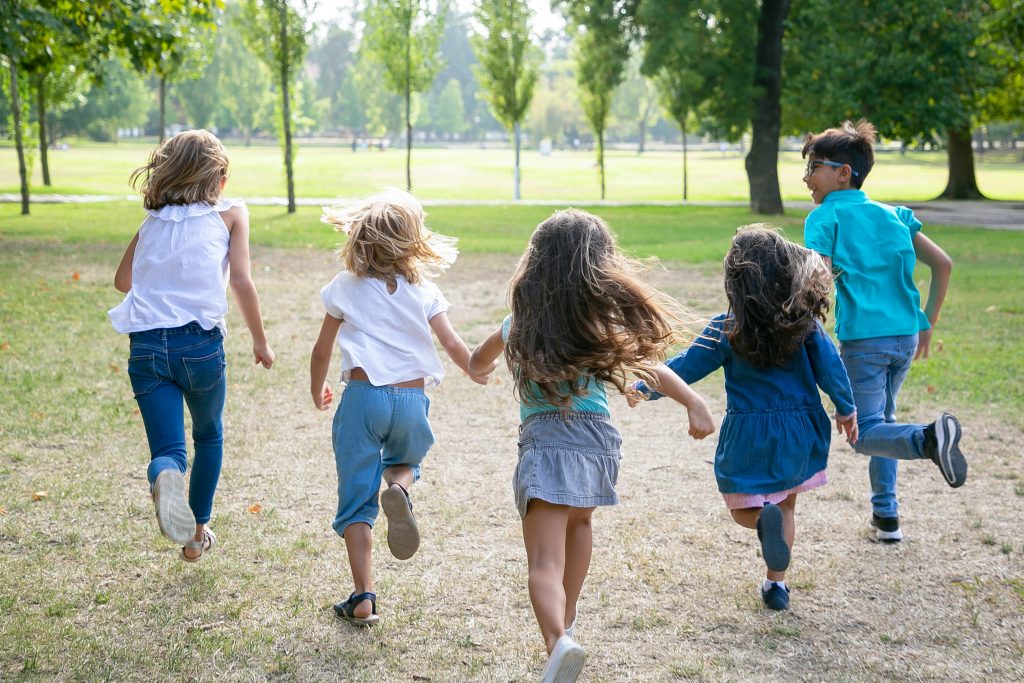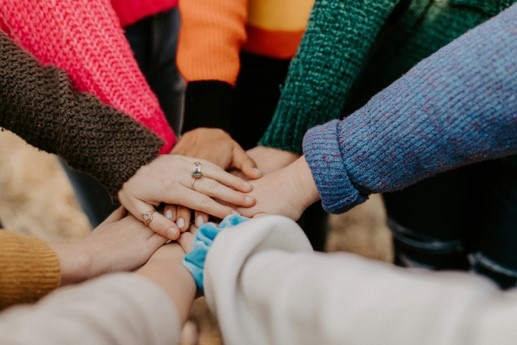Resources
Scientific Articles
Key Takeaways:
Amplified Musculoskeletal Pain Syndrome (AMPS) makes kids and teens feel extreme pain from minor injuries or without a clear cause due to the nervous system overreacting. Symptoms include intense, widespread pain and sensitivity to touch, pressure, or temperature changes, limiting daily activities. Causes can be physical injuries, illnesses, or stress, but sometimes there’s no clear reason. Treatment involves physical therapy to strengthen muscles, counseling to manage stress, and sometimes medications. With proper treatment, most kids can reduce their pain and return to normal activities.

Key Takeaways:
Amplified Musculoskeletal Pain Syndromes (AMPS) in kids cause intense, long-lasting pain not matched by the injury’s severity. Traditional treatments often use medications like opioids, but these can have side effects and are not always effective. This study explores non-drug treatments, including cognitive behavioral therapy (CBT), physical therapy (PT), and occupational therapy (OT), which can help manage and reduce pain.
- CBT helps kids handle pain by changing their thoughts and reactions.
- PT involves exercises that improve strength and flexibility, reducing pain.
- OT helps kids with daily activities and uses desensitization to make them less sensitive to pain.
These non-drug treatments have been shown to be effective, with many kids returning to normal activities. Combining these approaches provides the best results, reducing the need for medications and improving overall well-being.

Key Takeaways:
This article explains how exercise therapy can help kids with Complex Regional Pain Syndrome (CRPS), a condition causing severe, long-lasting pain. By doing regular physical activities, kids can reduce their pain and get back to doing things they enjoy. The article highlights that starting therapy early is important for the best results. Parents and kids should know that while it might be tough at first, sticking with the exercises can make a big difference in feeling better and living a more normal life.

Key Takeaways:
The article explains Amplified Musculoskeletal Pain Syndrome (AMPS), where kids experience intense pain due to their nerves overreacting. Early treatment is crucial and usually involves a combination of physical therapy to regain strength and movement, along with psychological support to help kids manage pain and stress. The article emphasizes the difficulties families face in getting a diagnosis and the impact on daily life, advocating for more awareness and research to better support those affected by AMPS.

Get Involved
At the AMPS Awareness Association, we encourage kids and teens to get involved in creative and impactful projects to raise awareness about Amplified Musculoskeletal Pain Syndrome (AMPS). You can donate, join our forum, get involved online, or get creative!
To see how I turned struggle into opportunity visit the My Story Tab under About Us. Here are some other simple yet effective ideas to turn pain into power:
- Creative Arts Projects
Showcase art, photography, and crafts that tell personal stories of living with AMPS. Design and sell custom jewelry that symbolizes strength, with proceeds supporting AMPS awareness. - Social Media and Digital Campaigns
Create short videos sharing your AMPS journey and coping strategies. Start a campaign like #StrengthInAMPS to share stories and raise awareness online. - Community Engagement Events
Organize fun festivals with games and booths to educate the community about AMPS. Set up informational booths at local events to share personal stories and educational materials. - Writing and Literature
Share your AMPS journey through a personal blog, encouraging others to share their stories too. Write and illustrate books about characters facing challenges similar to AMPS. - Performing Arts
Write and perform songs about the AMPS journey at events or online concerts. Create a play or skit depicting life with AMPS to raise awareness through drama. - Collaborative Projects
Create a quilt with squares made by people with AMPS, representing their stories. Organize a community mural that tells the story of living with AMPS. - Interactive Workshops
Host art therapy sessions where participants create art expressing their AMPS experience. Lead mindfulness and meditation workshops teaching techniques for managing AMPS. - Sports and Physical Activities
Organize charity walks or runs to promote AMPS awareness and healthy living. Offer yoga classes focused on gentle movements and stress relief. - Publications and Media
Write articles for local magazines or school newspapers about AMPS. Start a podcast where people with AMPS share their stories and interview experts. - Fundraising Events
Host bake sales with proceeds supporting AMPS research and awareness. Organize garage sales to raise funds for AMPS organizations. - School and Community Programs
Start support groups in schools where kids with AMPS can share their experiences. Organize school assemblies to educate students and staff about AMPS. - Film a social media video (tag AMPS Awareness Association if appropriate we will repost)
- Volunteer at local hospital
